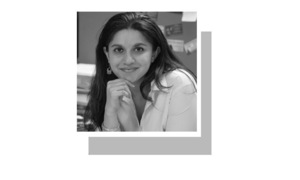KARACHI: A state-of-the-art pavilion highlighting the rich culture of Sindh and located in arguably the country’s largest urban park, situated along the upmarket Clifton beach, was inaugurated here on Sunday.
The pavilion called ‘the festival city’ is here to stay until the Sindh Festival concludes in mid-February.
Wearing Ajrak and a Sindhi cap, Bilawal Bhutto-Zardari, the young leader of the PPP, officially opened the pavilion, the main purpose of which was to showcase both the well-known and least-known cultural specimens of the cradle of Indus Valley Civilisation.
“It is a great sight for everyone… especially for those who know little about us,” Bilawal said.
He later tweeted: “Taliban sympathisers are outraged by #SindhFest. Thrilled. Offending the extremists is always a pleasure. You’re welcome.”
Bilawal was accompanied by Sindh Chief Minister Qaim Ali Shah and sisters Bakhtawar and Aseefa, both of whom are involved in the series of events which have been planned by the festival’s organisers across various cities of Sindh till Feb 15.
The inauguration of the pavilion was followed by a fireworks display.
“We call it the Sindh festival city, where you will find everything (about) Sindh,” the chief minister said.
Initially, about 100 stalls have been set up in the vast Bagh Ibne Qasim, which spreads over 130 acres.
Organisers said they were receiving and admitting many more traders and artisans to join the culture extravaganza. A number of artworks and handicrafts have been put on display on the stalls where visitors can either buy them or simply watch them being made by artisans.
“Watching an artisan how he or she makes pottery, sews clothes and creates quilt is particularly of huge importance to the children who are not exposed to our rich rural culture,” said Sharmila Farooqui, special assistant to the chief minister on culture.
The items put on display include multihued Ajraks and rallis, silk clothes, blankets, Susi (coarse cotton cloth), khadi, Lungees, Khes, leatherwork, pottery, carpets, earthenware, metal vessels, camel fittings, metalwork, embroidery and lacquered work (Jandi). Some stalls were selling traditional Sindhi food.
“Artisans have come from across the province – from Bhit Shah, Hala, Gambat, Khairpur, Thar, Thatta, Boobak, Johi and Kandhkot,” said an organiser.
A few artisans were physically-challenged but their work made the visitors happy. “One such artisan is from Bhit Shah who is wonderful at making handicrafts,” said Ms Farooqui who was satisfied with the feedback she got from the people who thronged to the festival city.













































